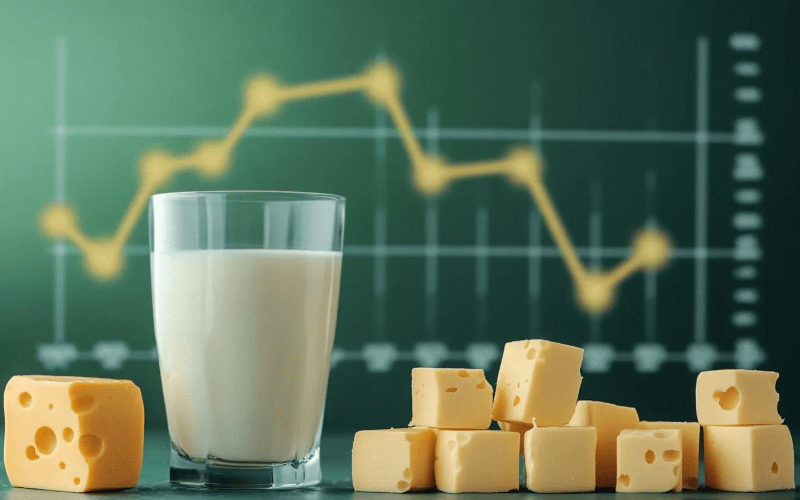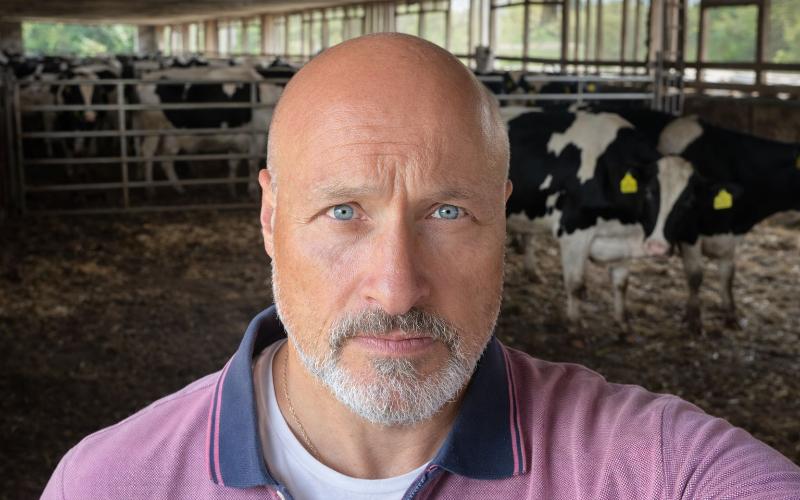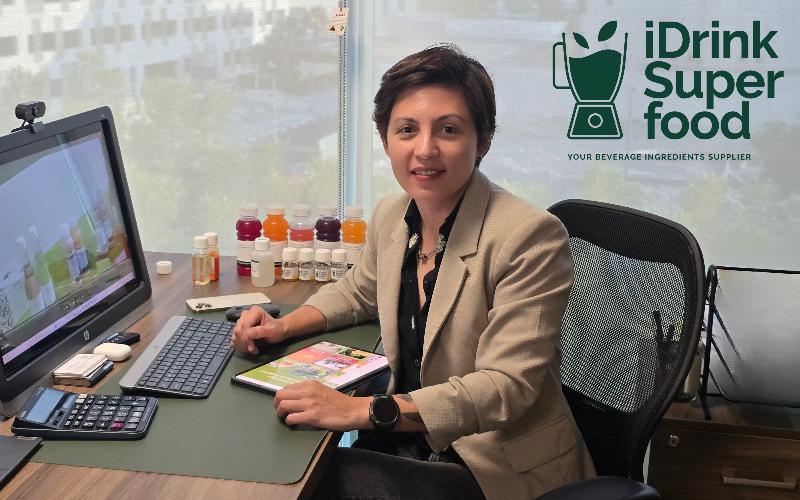LATAM Dairy Exporters Urged to Rethink Strategy Amid U.S. Trade Proposal Targeting China-Linked Shipping
Sourse: es.edairynews.com
A recent proposal by the Office of the United States Trade Representative (USTR) is raising alarms across the global logistics sector, with potentially far-reaching implications for emerging dairy-exporting nations in Latin America.

On March 24, the International Dairy Foods Association (IDFA) formally warned U.S. trade officials that the proposed policy—aimed at penalizing maritime operators tied to Chinese-built or -ordered vessels—could unintentionally disrupt key supply chains and increase freight costs, particularly for perishable agricultural products like dairy.
Under the proposal, shipping companies using Chinese-linked vessels could face fines of up to $1 million per port call in the U.S., a move driven by a Section 301 investigation into China’s role in global shipping and logistics, initiated following a petition by five U.S. labor unions.
Ripple Effects on Dairy Logistics
The IDFA cautions that such measures could recreate COVID-era bottlenecks, with U.S. dairy exports projected to fall by more than 8%, while imports could drop nearly 14%. Products most vulnerable to logistics shocks—like fresh milk, yogurt, and soft cheeses—require uninterrupted cold chains, making them especially sensitive to rising costs and delayed transport.
For emerging dairy-exporting countries—such as Brazil, Argentina, and Uruguay—analysts say now is the time to re-evaluate strategic priorities and build resilience into logistics and trade frameworks.
Strategic Recommendations for the Latin American Dairy Sector
To mitigate the potential fallout and capitalize on shifting trade dynamics, industry experts recommend eight key strategies:
Logistics Resilience
Develop alternative routes to U.S. markets that avoid Chinese-associated vessels.
Strengthen partnerships with cold-chain logistics firms.
Implement cargo tracking and predictive analytics for disruption management.
Cold Chain Infrastructure
Invest in consolidation hubs and temperature-controlled storage at origin points.
Secure refrigerated warehousing capacity in key destination markets to reduce spoilage.
Market Diversification
Target high-growth dairy consumption markets with favorable trade terms, such as Indonesia, Vietnam, Egypt, and the UAE.
Use data-driven market intelligence to tailor product offerings.
Institutional Coordination
Support the development of export consortia and dairy cooperatives, especially for small and mid-sized producers.
Increase regional participation in trade forums and export roundtables.
Financial & Risk Planning
Model scenarios involving freight rate hikes of 20–40%.
Explore long-term logistics contracts with flexible terms.
Evaluate insurance options for freight and currency volatility.
Product Portfolio Adaptation
Focus on high-margin, longer-shelf-life products such as powdered milk, aged cheeses, and dairy-based ingredients.
Invest in durable, sustainable packaging with thermal insulation properties.
Brand and Origin Strategy
Position exports as premium, traceable, and sustainable products.
Develop collective branding or “country-of-origin” labels to enhance international recognition.
Access to Technical Partnerships
Collaborate with organizations like FAO, IICA, and the IDB Lab for support in certification, logistics studies, and process optimization.
A Window of Opportunity
While the USTR’s proposal introduces uncertainty, it also opens space for agile players to reposition. With global supply chains in flux, Latin America’s Southern Cone could turn disruption into opportunity—if it acts decisively.
In a reshaped food trade order, dairy could become a strategic export pillar. But success will hinge on the ability of regional players to anticipate change, modernize infrastructure, and foster innovation-driven alliances.
Under the proposal, shipping companies using Chinese-linked vessels could face fines of up to $1 million per port call in the U.S., a move driven by a Section 301 investigation into China’s role in global shipping and logistics, initiated following a petition by five U.S. labor unions.
Ripple Effects on Dairy Logistics
The IDFA cautions that such measures could recreate COVID-era bottlenecks, with U.S. dairy exports projected to fall by more than 8%, while imports could drop nearly 14%. Products most vulnerable to logistics shocks—like fresh milk, yogurt, and soft cheeses—require uninterrupted cold chains, making them especially sensitive to rising costs and delayed transport.
For emerging dairy-exporting countries—such as Brazil, Argentina, and Uruguay—analysts say now is the time to re-evaluate strategic priorities and build resilience into logistics and trade frameworks.
Strategic Recommendations for the Latin American Dairy Sector
To mitigate the potential fallout and capitalize on shifting trade dynamics, industry experts recommend eight key strategies:
Logistics Resilience
Develop alternative routes to U.S. markets that avoid Chinese-associated vessels.
Strengthen partnerships with cold-chain logistics firms.
Implement cargo tracking and predictive analytics for disruption management.
Cold Chain Infrastructure
Invest in consolidation hubs and temperature-controlled storage at origin points.
Secure refrigerated warehousing capacity in key destination markets to reduce spoilage.
Market Diversification
Target high-growth dairy consumption markets with favorable trade terms, such as Indonesia, Vietnam, Egypt, and the UAE.
Use data-driven market intelligence to tailor product offerings.
Institutional Coordination
Support the development of export consortia and dairy cooperatives, especially for small and mid-sized producers.
Increase regional participation in trade forums and export roundtables.
Financial & Risk Planning
Model scenarios involving freight rate hikes of 20–40%.
Explore long-term logistics contracts with flexible terms.
Evaluate insurance options for freight and currency volatility.
Product Portfolio Adaptation
Focus on high-margin, longer-shelf-life products such as powdered milk, aged cheeses, and dairy-based ingredients.
Invest in durable, sustainable packaging with thermal insulation properties.
Brand and Origin Strategy
Position exports as premium, traceable, and sustainable products.
Develop collective branding or “country-of-origin” labels to enhance international recognition.
Access to Technical Partnerships
Collaborate with organizations like FAO, IICA, and the IDB Lab for support in certification, logistics studies, and process optimization.
A Window of Opportunity
While the USTR’s proposal introduces uncertainty, it also opens space for agile players to reposition. With global supply chains in flux, Latin America’s Southern Cone could turn disruption into opportunity—if it acts decisively.
In a reshaped food trade order, dairy could become a strategic export pillar. But success will hinge on the ability of regional players to anticipate change, modernize infrastructure, and foster innovation-driven alliances.
Key News of the Week












